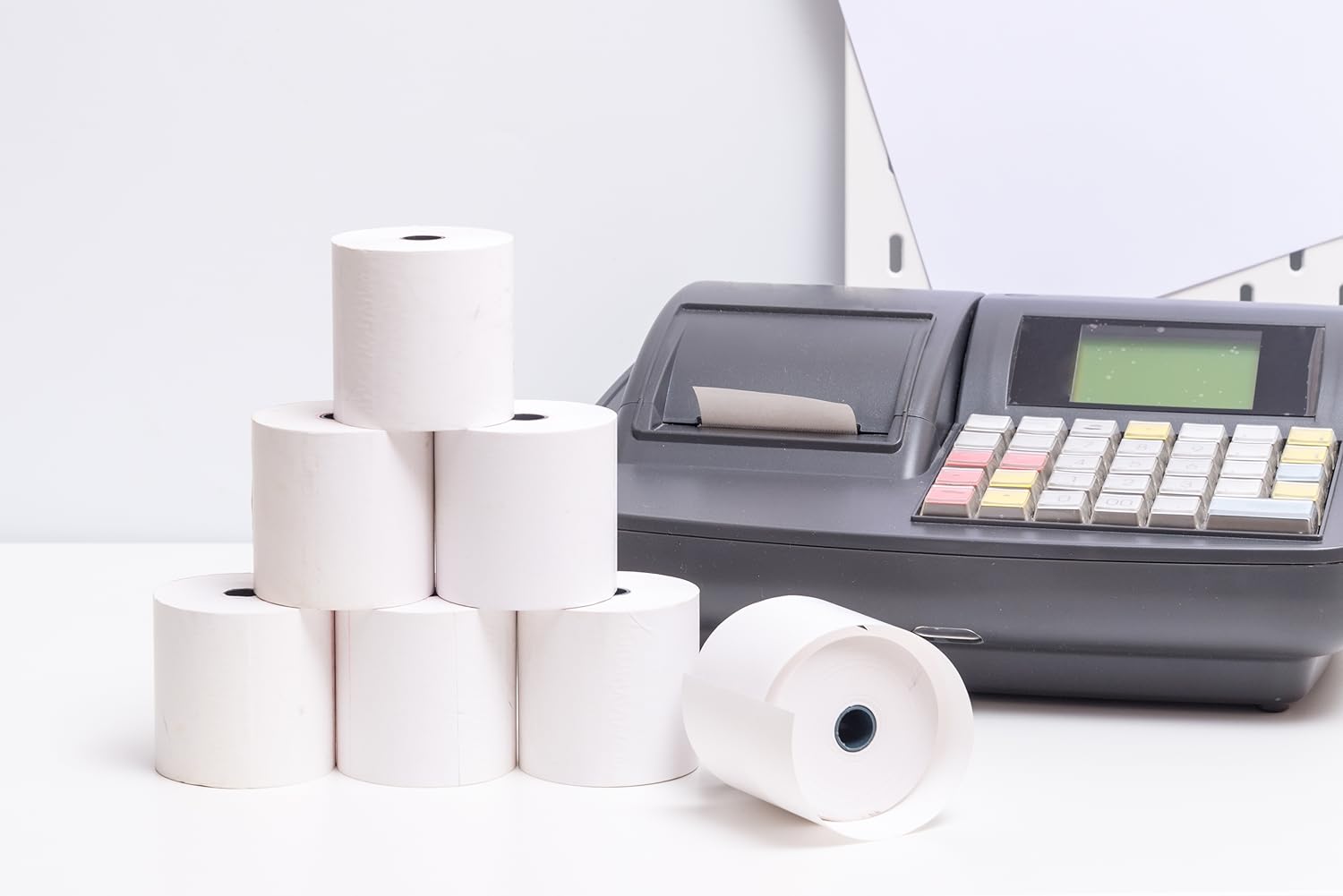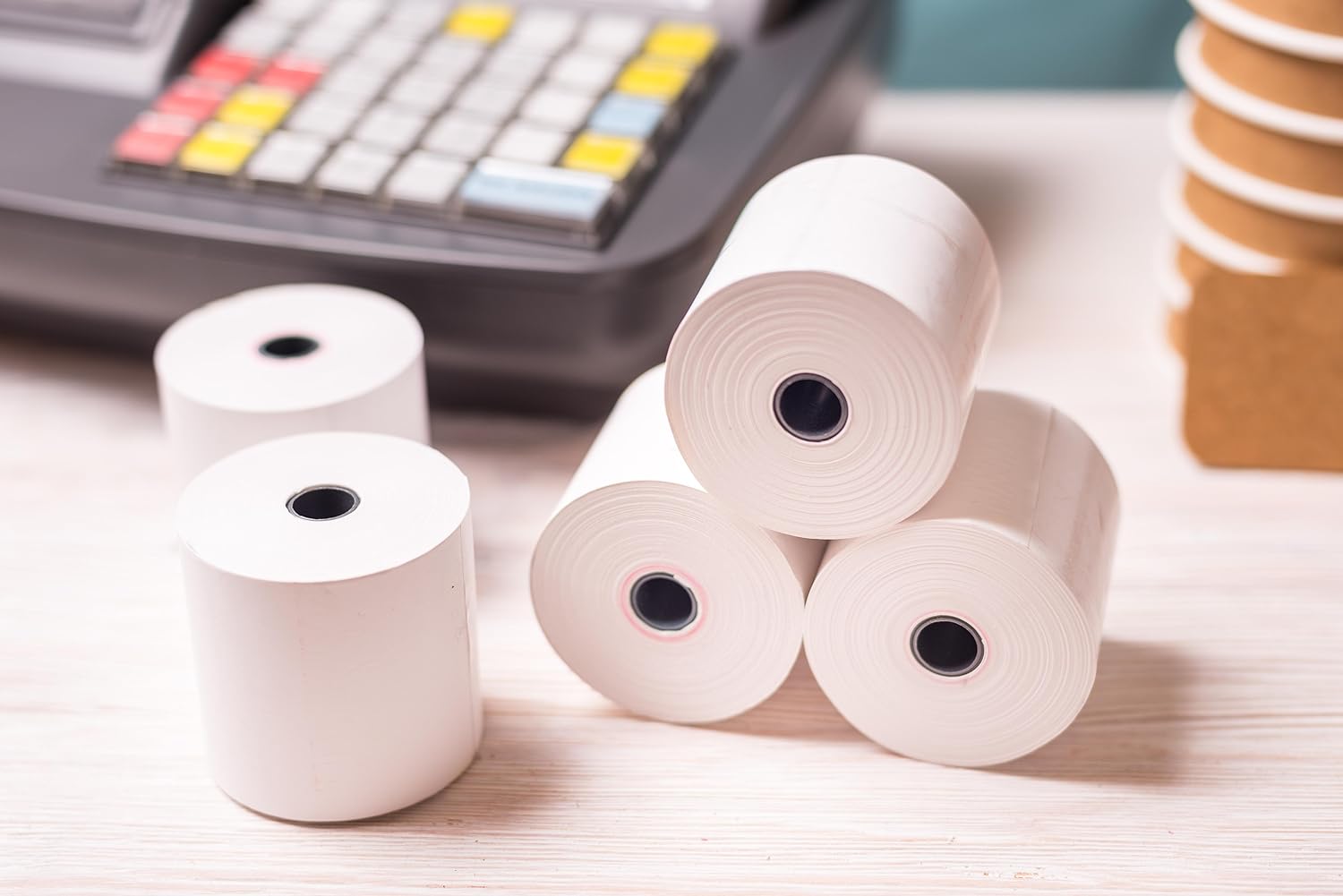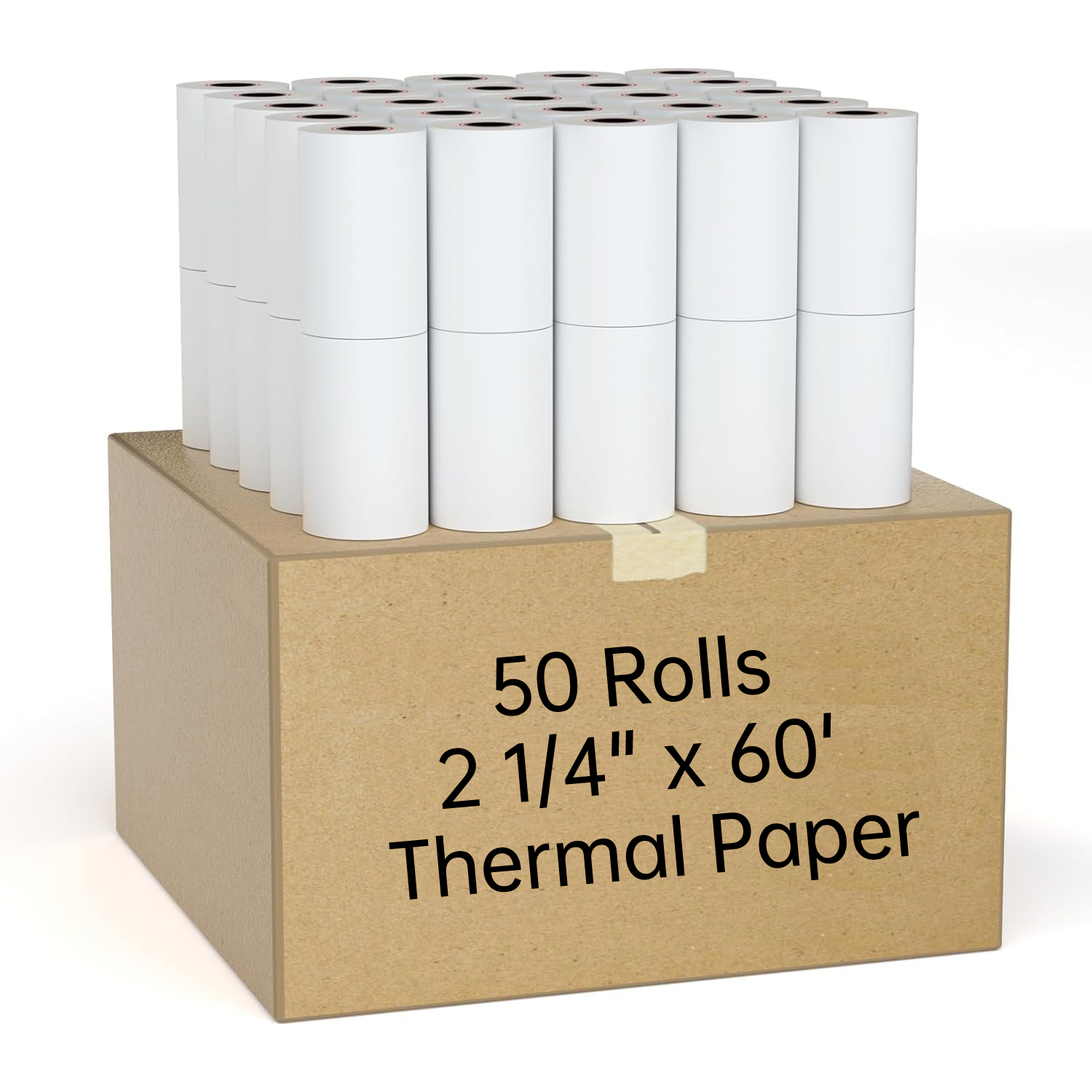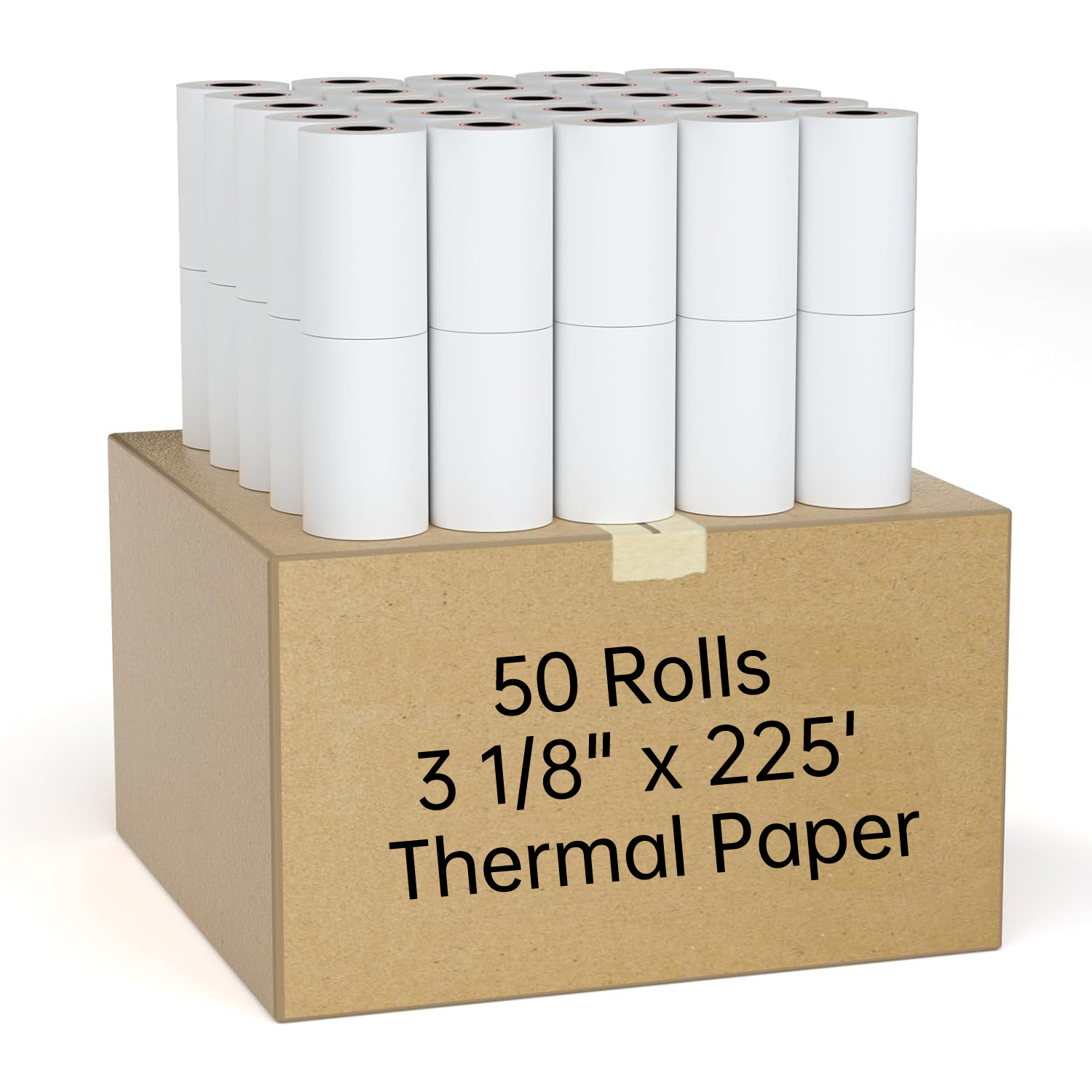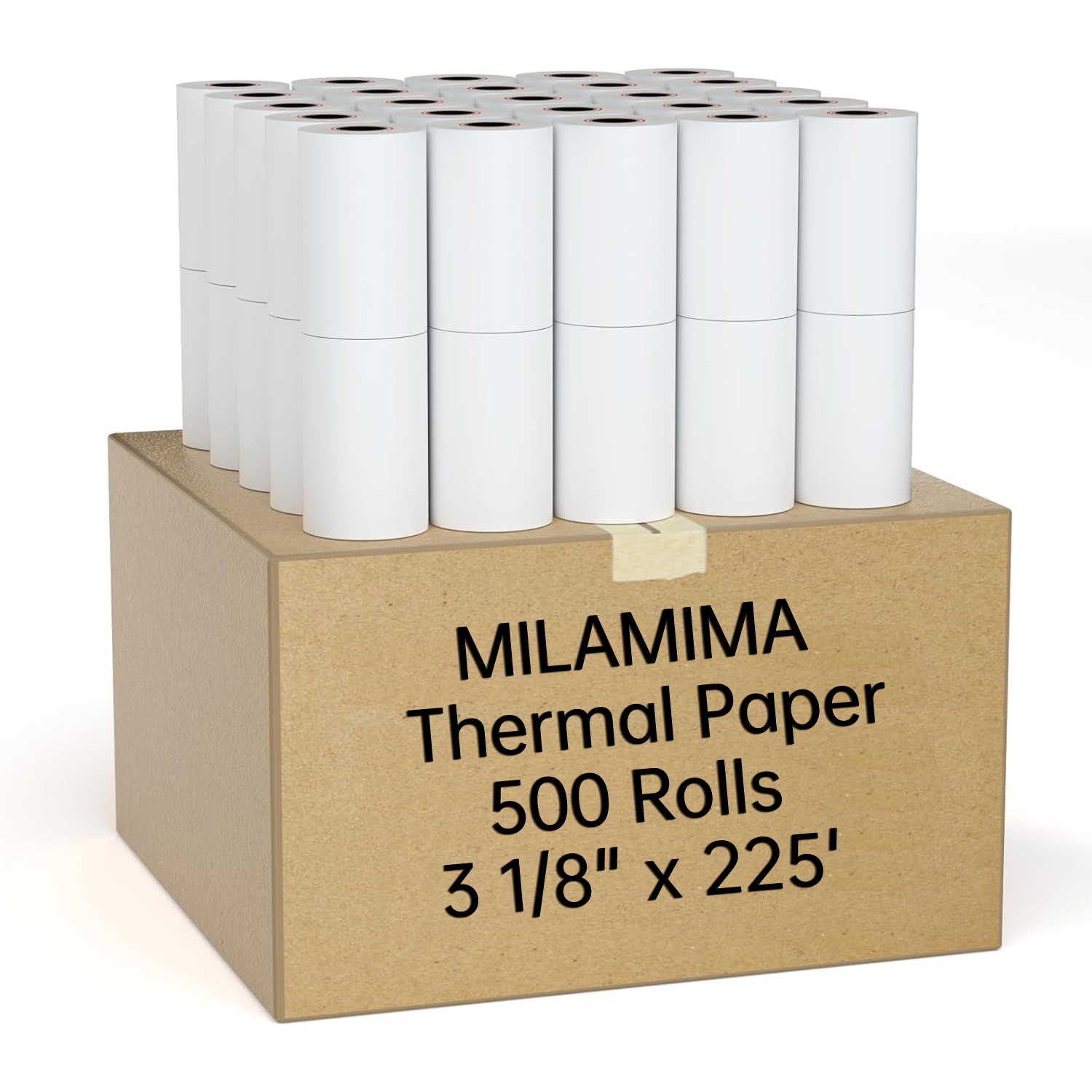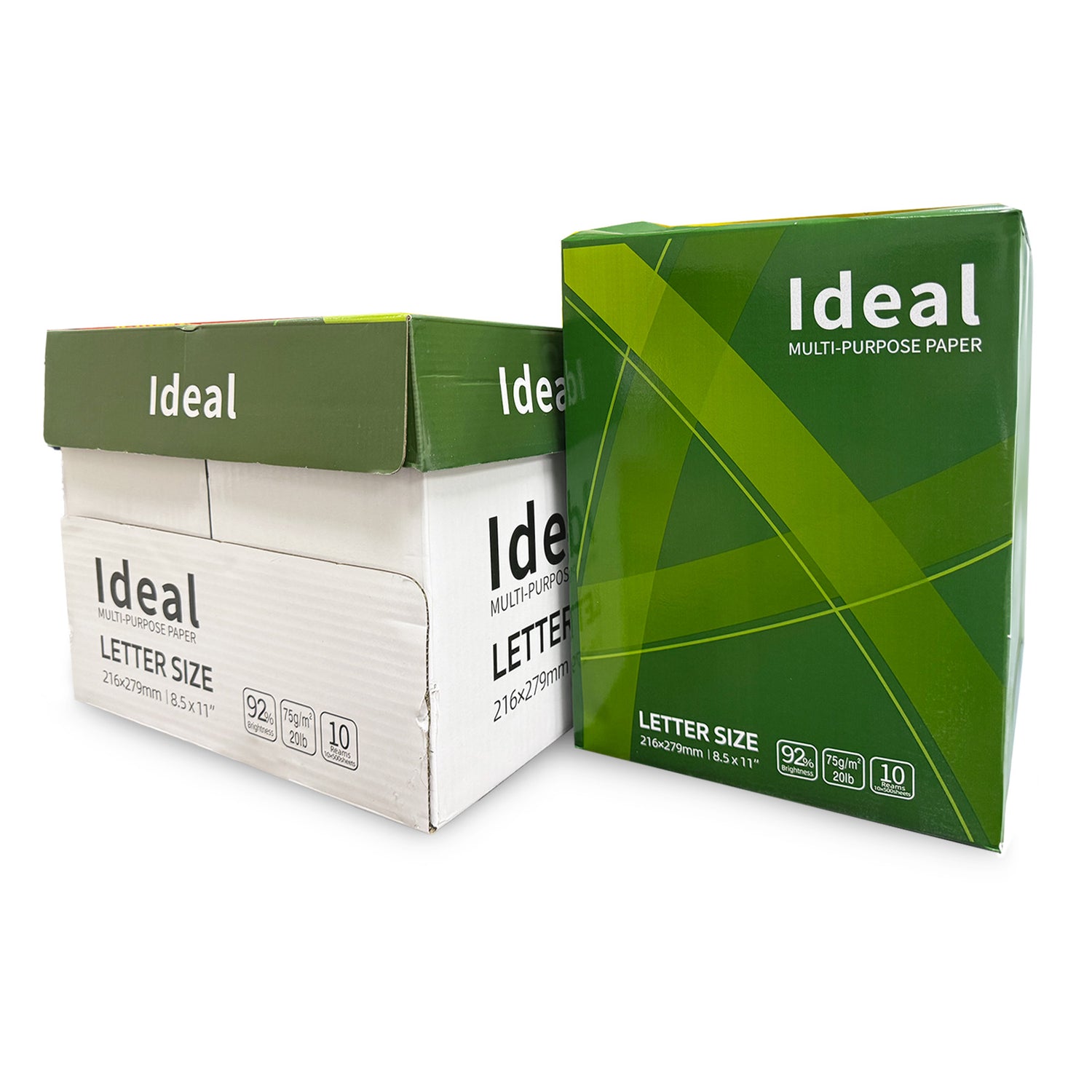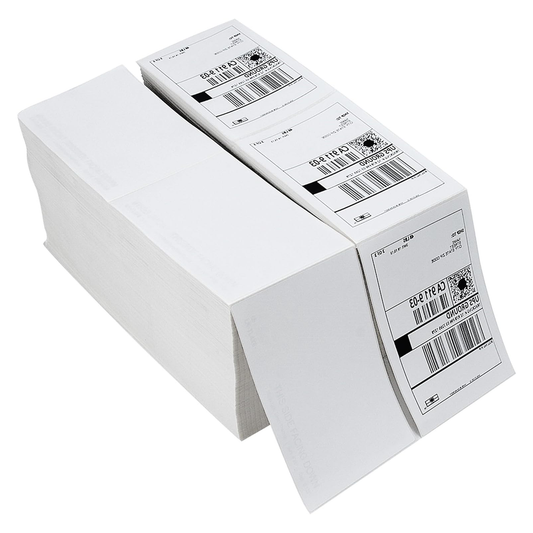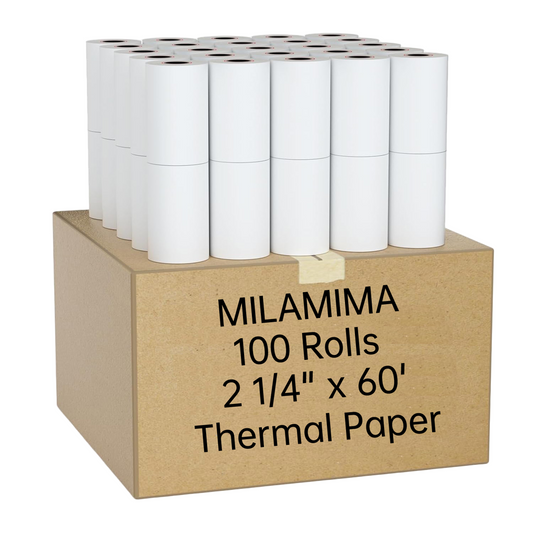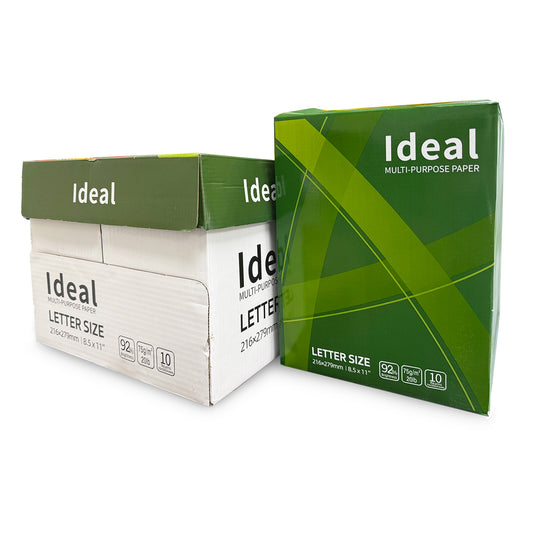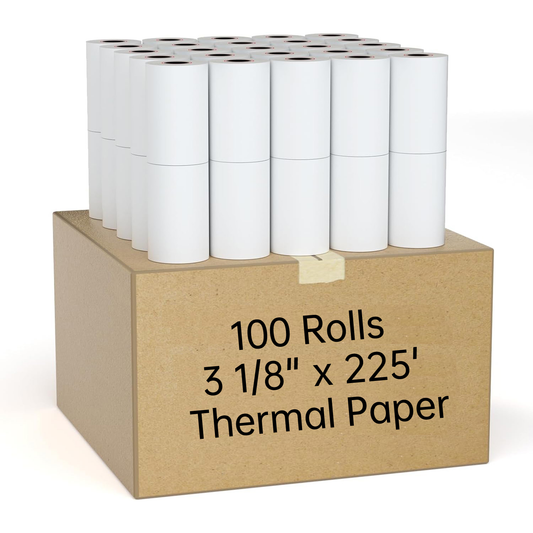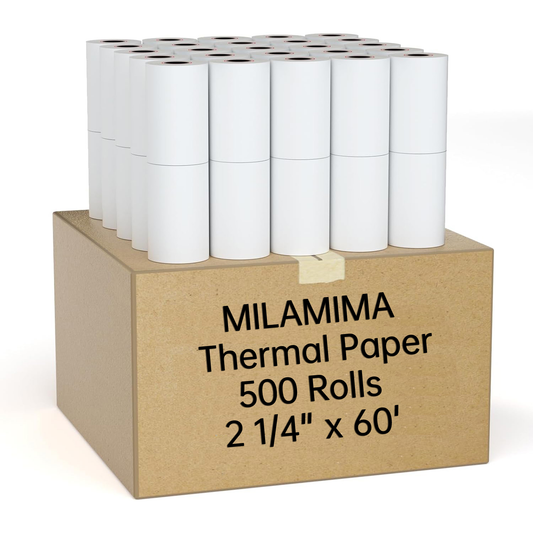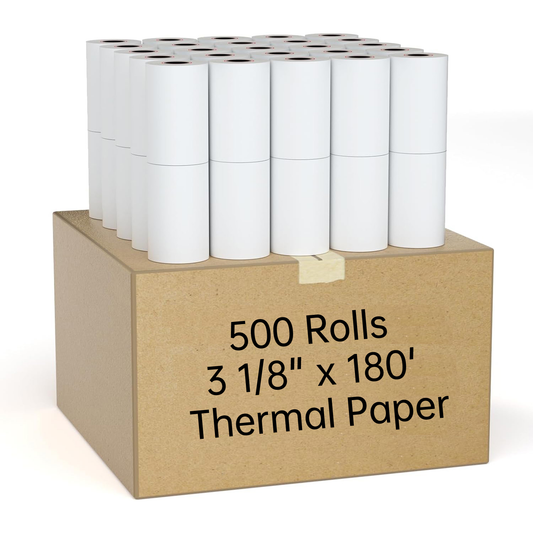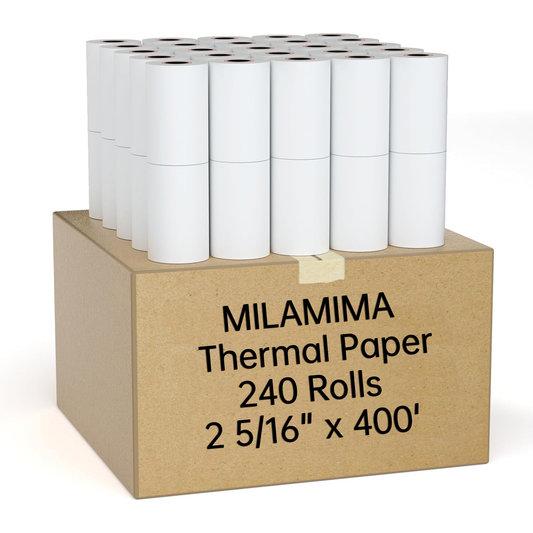Binoculars are invaluable tools for birdwatching, wildlife observation, sports events, and even stargazing. However, many users struggle to achieve a crisp, clear image due to improper focusing and calibration. In this guide, we'll delve into the essential steps to properly focus binoculars, including calibration techniques for optimal viewing.
Understanding Focusing vs. Calibration
Focusing binoculars involves adjusting the central focusing wheel to bring both barrels into focus simultaneously. However, calibration, or diopter adjustment, is equally crucial. It compensates for differences in vision between your eyes, ensuring a sharp image when using both eyes.
Steps for Calibrating Binoculars
- Locate the Diopter Adjustment: Most binoculars feature a diopter adjustment ring near the eyepiece, typically on the right barrel. It may be marked with symbols like "-" and "+".
- Begin Calibration: Close one eye (preferably the right) and focus on a distant object using the central wheel with the other eye open.
- Adjust Diopter: Without changing the central focus, adjust the diopter ring until the image is sharp in the open eye.
- Repeat for the Other Eye: Close the opposite eye and adjust the diopter for that eye.
- Test Both Eyes: Open both eyes and ensure the image remains clear. If necessary, fine-tune the central focus for optimal clarity.
Different Diopter Adjustments
- Some binoculars have the diopter adjustment integrated into the central focusing wheel or located in front of it. The process remains similar, adjusting until both eyes achieve sharp focus.
- High-end binoculars may feature lockable diopter adjustments to prevent accidental changes.
- Fixed Focus Binoculars: Alternatively, fixed or self-focusing binoculars maintain a permanent focus, eliminating the need for constant adjustments. However, calibration is still necessary initially.
Troubleshooting Diopter Issues
If you find yourself frequently readjusting the diopter or experiencing blurred vision, there may be an issue with your binoculars. In such cases, consulting with an optician or considering an upgrade to higher-quality optics like the Hawke Endurance 8x32 could improve your viewing experience.
Choosing Binoculars for Opera and Theater
When attending an opera, theater performance, or concert, having the right binoculars can enhance your viewing experience. Here's what to consider when choosing the best binoculars for these events:
- Magnification: Binoculars for opera typically have a magnification range of 3x to 8x. The standard for opera glasses is 3x, but some models offer up to 10x magnification.
- Lens Diameter: Most theater glasses have a lens diameter of 25mm, identifiable by the number combination on the glasses, such as 3x25 (3x magnification and 25mm objective lens diameter).
- Size and Weight: The best opera glasses weigh between 140 and 190 grams, making them easy to hold for extended periods. Folding opera glasses are particularly handy for easy storage and transport.
- Accessories: Useful accessories for opera glasses include a cleaning cloth, soft case, handles, and a neck string.
Opera Glasses vs. Binoculars
Opera glasses are small binoculars designed for slight magnifications at indoor events. They are often referred to as theater glasses. Some compact and lightweight binoculars with higher magnifications (up to 8x) can also be used for opera and theater. Ensure the magnification does not exceed 10x for an ideal view of the stage. For concerts and sporting events, 8x binoculars are more suitable due to the larger venue size.
Vintage vs. Modern Opera Glasses
- Vintage Opera Glasses: Have a classic, elegant design with ornate shapes and gold paint, fitting perfectly into the ambiance of opera houses.
- Modern Opera Glasses: Feature clear, straight lines with silver and black colors, making them suitable for various events, including concerts and sports.
Understanding Binocular Specifications
Binoculars are typically labeled with two numbers, such as 8x32 or 10x50. These numbers hold vital information about the binoculars' magnification power and the size of the objective lens.
- Magnification Power (First Number): Indicates how many times closer the object will appear when viewed through the binoculars compared to the naked eye.
- Objective Lens Diameter (Second Number): Refers to the diameter of the objective lens in millimeters. A larger objective lens diameter allows more light to enter the binoculars, resulting in brighter images, especially in low-light conditions.
Choosing the Right Pair
When selecting binoculars, consider your specific needs and preferences:
- Magnification: For most birding and wildlife observation, a magnification power of 7x or 8x is recommended. Higher magnification may be suitable for stargazing but might not be ideal for tracking fast-moving birds due to the narrower field of view.
- Objective Lens Size: Opt for a larger objective lens diameter, especially if you plan to use the binoculars in low-light settings such as dawn or dusk. However, keep in mind that larger lenses also mean heavier and bulkier binoculars.
SkyGenius 10x50 Binoculars
The SkyGenius 10x50 Binoculars exemplify the perfect balance between magnification power and objective lens size. With 10x magnification, they bring distant subjects closer while the 50mm objective lens ensures ample light transmission for clear and bright images even in dim lighting conditions. These binoculars are suitable for a wide range of activities, from bird watching to stargazing, making them versatile companions for outdoor adventures.
Explore the SkyGenius 10x50 Binoculars to elevate your viewing experience and enjoy the world in stunning detail.

